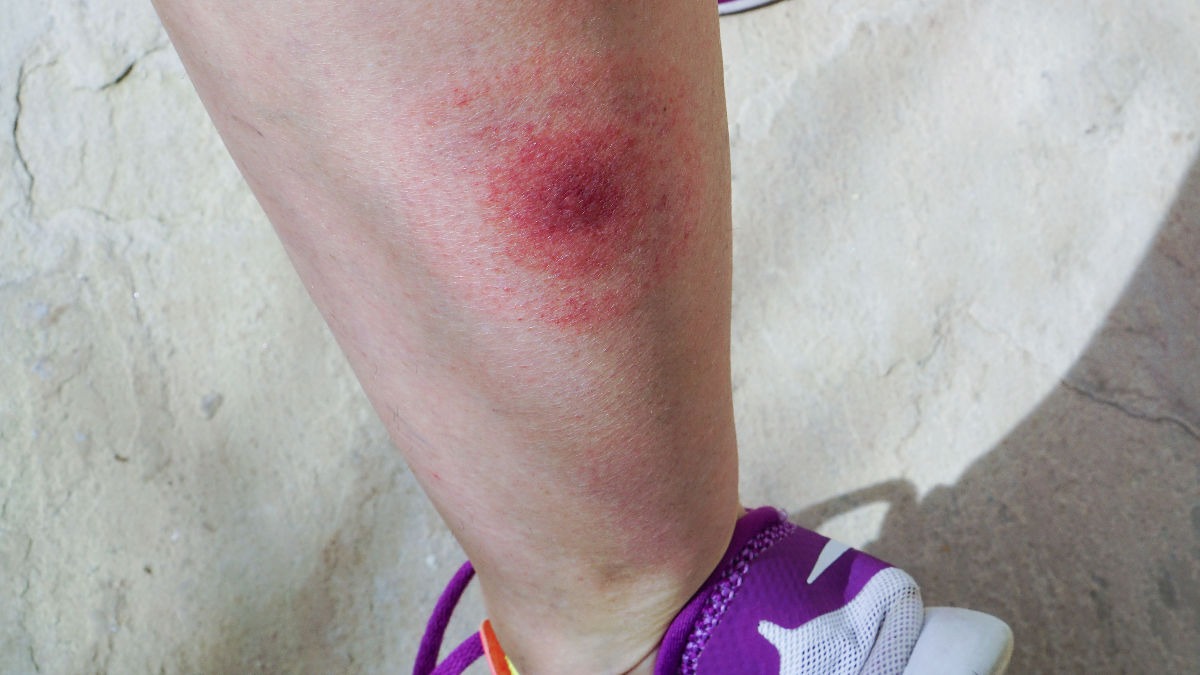Blacklegged Ticks: Behavior, Control, and Dangers
Recent research shows that cases of Lyme Disease have been consistently on the rise in the United States — and that these trends will likely continue well into the future. Understanding blacklegged tick behavior & control will help keep you and your family safe from Lyme Disease.
The blacklegged tick is among the most prominent carriers of Lyme Disease — and you need to know everything you can about them in order to stay safe.
While, fortunately, most people who get bitten by a tick do not get infected with Lyme, there are still plenty of other diseases that these types of pests can transmit.
Read on to learn more.
What is the Blacklegged Tick?

The blacklegged tick, more commonly referred to as the deer tick because of how frequently they feed off of deer, have 8 legs, are about 1/8th of an inch in size, and have orange and brown bodies with black legs.
They live primarily in wooded areas and forests, especially in the mid-Atlantic, southeastern, and northeastern parts of the United States.
These ticks do not have antennae and have an oval-shaped body with a softer shell.
Signs of a Tick Bite
Tick bites aren’t just painful — a bite from the blacklegged tick can also cause serious illnesses and diseases such as Lyme disease, babesiosis, anaplasmosis and many more.
Above all, blacklegged ticks are known Lyme Disease carriers — and the sooner you recognize and remove a tick from your body, the less of a chance the tick has to transmit the virus to you.
In some cases, you may feel a tick bite, but often you won’t.
Instead, look for the common signs of a tick bite, which include a target-like red ring or rash surrounding the bite, nausea and headaches, stiffness in the neck, and fatigue and fever.
Protecting Yourself Against the Blacklegged Tick. Blacklegged Tick Behavior & Control
It is estimated that 75% of people who become infected with Lyme Disease are doing activities in and around the home. With children’s play and gardening being some of the riskiest activities. The best way to protect yourself against tick-borne illnesses is to be aware of the tick’s behavior and lifestyle. Here is a great article to read about avoiding tick bites.
You should also use bug spray specifically designed to ward off ticks, as well as long pants and shirts. Another important factor in protecting your family is utilizing professional tick treatment services around your home.
Additionally, inspect your body for a potential tick bite after returning from the woods. Check your armpit, groin, nape of the neck, and behind the knee in particular.
If you spot a tick on your body before it’s had the chance to burrow into you completely, view this post for the proper advice on how to remove it.
Share Your Experience with These Types of Ticks
Hopefully this post has helped you to understand why blacklegged ticks are so dangerous. As well as what you can do to protect yourself when you’re out in areas they populate. Understanding blacklegged tick behavior & control will help you reduce the risk of Lyme disease.
Do you have experience in dealing with a blacklegged tick? Have you ever been bitten before? How do you protect yourself when you’re heading into the woods.
We invite you to comment and share your story below to help others learn from what you’ve experienced.
Remember to keep checking back in with our blog for more advice about environmentally-friendly pest control.
NEED HELP?
If you live in Southern Maryland, or Northern Virginia
FIND YOUR SOLUTION HERE
People, Pet & Pollinator Safe! Pest control for people who care.
